What Makes a Good Soccer Ball?
Different players, teams, and agencies like and require different things when it comes to soccer balls. So what makes a good soccer ball? With scores of brands, wildly varying price points, and literally countless variations it is understandable that soccer players in every age group are left with their head spinning when trying to find the best soccer ball for them.
We're here to help! Here are 5 things that will help you find a good soccer ball to fit your needs:
1. Know your soccer ball size
Soccer balls range in size from 1 to 5. Each size differs in circumference and the age group that it is suitable for. Size 1 is the smallest size and is designed for the youngest players. Size 1 is also commonly used for promotional purposes, or as a skill development ball for players of any age group. Size 5 is the largest soccer ball size and is designed for older youth and adult soccer players. Here is a chart outlining each size, measurements, and general age group. You can click the rows below to view our selection of soccer balls in each size.
Soccer Balls
| Size | Circumference | Ages Used |
| 5 | 27 - 28 in | 12 and up |
| 4 | 25 - 26 in | 8 to 12 |
| 3 | 23 - 24 in | 8 and under |
| 1 | 18 - 20 in | Small children |
Futsal Balls
| Size | Circumference | Ages Used |
| Senior (size 4) | 25 - 26 in | 13 and up |
| Junior (size 3) | 23 - 24 in | 12 and under |
IMPORTANT NOTE: Be sure to check with your school or club to make sure the size you buy is the correct one for you.
2. Soccer Ball Cover Construction
To find a good soccer ball you want to consider the cover construction, which involves the outer layer material, the number of panels, and whether or not the panels are hand-stitched.
The outer layer of each soccer ball is made using a synthetic leather of polyurethane (PU) or polyvinyl chloride (PVC). Soccer balls with PU covers are usually better quality. Some lower-end training balls are made using PVC.
The most common panel construction is 32-panels, although some modern soccer balls have an 18 or 26 panel design. 32 panel soccer balls offer a more true flight whereas other options can create more "swerve" when kicked with force.
Soccer balls of the highest quality, like those used in professional soccer and with elite soccer players, have their panels hand-stitched. Machine stitching is usually found on middle-quality balls. Low-end balls used for training, recreation, or promotion often have their panels glued or molded which creates a harder feel.
3. Soccer Ball Lining
There are usually many layers of lining between the soccer ball cover and the bladder of the ball, which creates strength. On high quality soccer balls, a foam layer is often included to add softness. This feature often differentiates the high quality ball from the low quality ball.
4. Soccer Ball Bladder
There are two main types of bladders used in the construction of soccer balls:
- Latex: Gives the soccer ball a proper bounce, and is softer.
- Butyl: Excellent for air retention.
Latex bladders will naturally lose air faster than butyl bladders. Whereas a butyl bladder can retain air for a couple of weeks, a latex bladder needs to be topped off at least weekly.
Futsal bladders are filled with foam to dampen their bouncing characteristics.
5. Soccer Ball Standards
There are three standards, or approvals, you should be aware of when purchasing a soccer ball. Your ball might need to meet specifications for use in a league or competition.
NFHS (National Federation of High School Associations)
Soccer balls used in American high school competitions must be NFHS approved.
FIFA (Fédération Internationale de Football Association)
We've all heard of FIFA in terms of professional soccer and the World Cup. But did you know there are three levels of FIFA approved soccer balls? Basic, Quality, and Quality Pro. Only the highest quality soccer balls are FIFA approved.
IMS (International Matchball Standard)
IMS is an old standard which was replaced by FIFA Basic and FIFA Quality certifications. Soccer balls that pass a less stringent testing process than FIFA can be IMS approved. We see many moderate to high quality balls bear the IMS logo.
Now that you know what makes a good soccer ball, you're ready to shop! We have a full lineup of soccer balls for soccer players of all ages and levels, which you can find here! If you have any questions or need help with making a selection, don't hesitate to reach out to us!
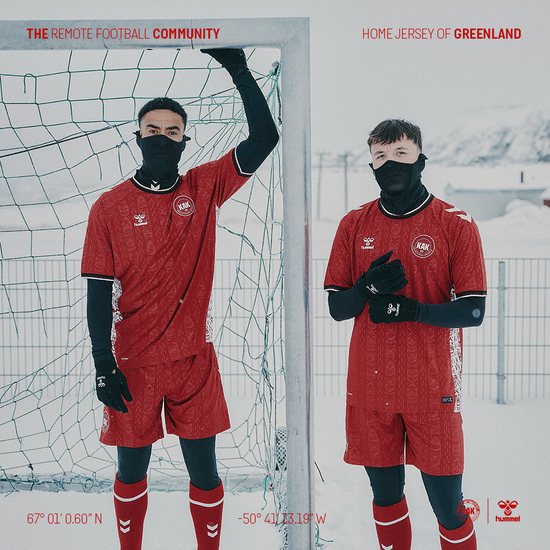
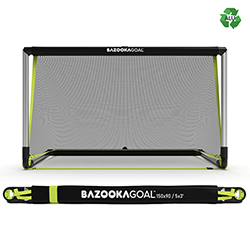
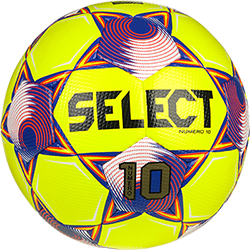
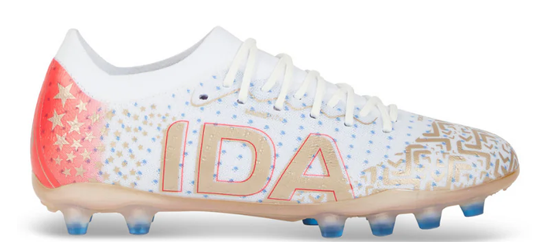
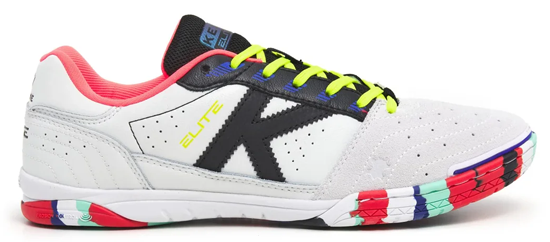


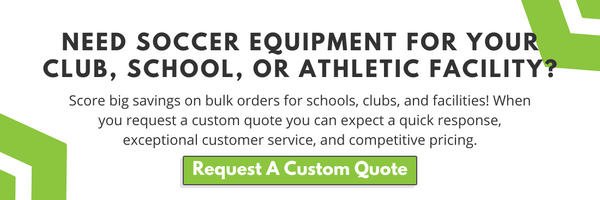


2 comments
Greg Nelson
Great tips. I have seen a similar guide on Soccer Garage.com which has been helpful. I didn’t realize there were many differences between balls (other than the size).
Levi Armstrong
It’s good to know that latex soccer balls are softer than butyl ones, plus it gives the ball a proper bounce. Since early this year, my son has been asking for a soccer ball, so I plan to buy one as a Christmas gift. I’ll take note of your advice and probably buy one with a latex bladder. Thanks! https://www.hologearco.com/collections/best-sellers/products/holographic-soccer